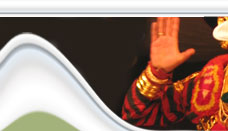 |
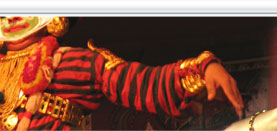 |
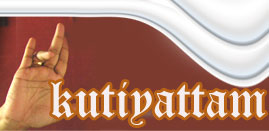 |
|
||||||||||||||||||||||||||||||||||||||||||||||||||||||||||||||||||||||||||||||||||||||||
|
|
|
||||||||||||||||||||||||||||||||||||||||||||||||||||||||||||||||||||||||||||||||||||||||||
|
Mudras
ANGIKABHINAYA (Bodily
Acting)
a.
Mudras: Hand Gestures The Mudras are like the alphabetsin
a language. Kutiyattam has twenty four Mudras described in the ‘Hastalakshanadeepika’.
There are some others which are not included in that. For e.g…, Sri Rama’s bow. The Mudras in dance do not posses extended meaning while in Kutiyattam they have. Mudras
are complete only when they have a proper beginning, expansion and an end.
Mudras are of Four kinds:
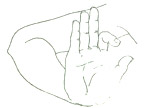
When the acting is accompanied by recitals,
verbal becomes important. Otherwise Mudras are important. expression and form
a language by themselves through which the characters communicate with each
other. With a preliminary understanding of the mudras it is possible to appreciate
the performance.
b.
Tewnty four Basic Mudras:
Pataka, Mudrakhyam, Katakam, Mushti,
Kartarimukham, Sukatundam, Kapitham, Hamsapaksam, Sikharam, Hamsasyam, Anjali,
Ardhacandram, Mukuram, Bhramanam, Sucimukham, Pallavam, ripatakam, Mrgasirsakam,
Sarpasirasu, Vardhamanakam, Aralam, Urnanabham, Mukulam and Katakamukham are
the twenty four basic Mudras. The ‘Hastalaksanadeepika’ mentions
twenty four Mudras as a combination of Samyuta and Asmyuta Mudras. Bharata’s
Natyasatra describes twenty four Asamyuta and thirteen Samyuta Mudras, making
a total of thirty seven. Nandikesa’s ‘Abhinayadarpana’ has thirty two Asamyuta and twenty
three Samyuta Mudras.
THE Mudras should be accompanied by
suitable Bhava (facial expressions). For exmple, Raudra for
lion, Bhaya for deer etc. Bhava, Mudra and the ocular movements make
Abhinaya complete.
C.
Caris
Through this overacting can be regulated.
Compared to Kathakali, feet are fewer in in Kutiyottam movements and their variety are fewer in Kutiyottam. Since the characters have also to recite the slokas (verses) in the specified Ragas rapid movements have been avoided. The absence of Kalasam is specific to Kutiyottam.
|
||||||||||||||||||||||||||||||||||||||||||||||||||||||||||||||||||||||||||||||||||||||||||
|
|
|
|
|
|
|||||||||||||||||||||||||||||||||||||||||||||||||||||||||||||||||||||||||||||||||||||||
| All rights reserved. Best Viewed in 1024 X 768, IE 4.0+ | CREDITS | Site
designed and developed by C-DIT.for Unesco |
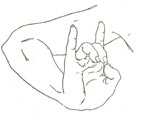
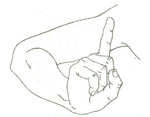
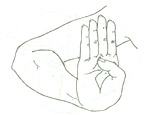 are
well defined. There is a specific gait even for a drunkard.
are
well defined. There is a specific gait even for a drunkard.